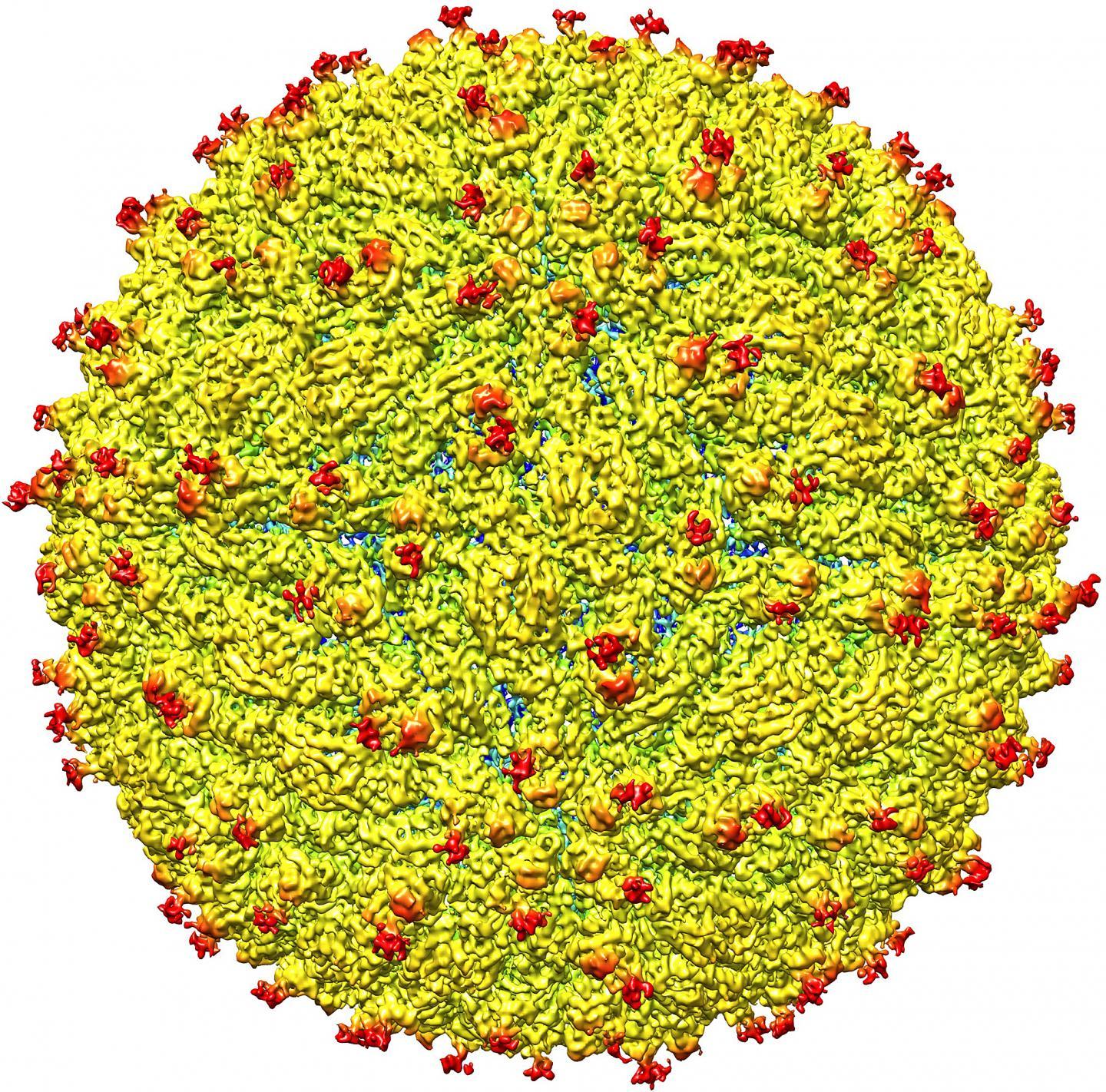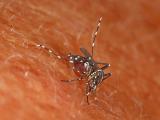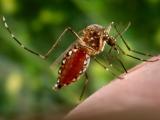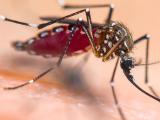Scientists working on understanding Zika virus and sorting out its serious complications published more key findings today, with a US team revealing the detailed structure of the virus—which may help with drug and vaccine development—and a French Polynesian team reporting a range of brain defects in 19 cases identified from its outbreak.
In other developments, the World Health Organization (WHO) today in its weekly update reported new details about possible Zika-linked microcephaly cases from Colombia, which have seen a spike similar to Brazil's in the wake of its outbreak.
Zika structure visualized
A detailed map of the Zika virus shows that it is similar to dengue and other flaviviruses, except for one key difference: variation in its surface envelope (E) proteins. The difference could shed light on how it enters cells and pave the way for new drug and vaccine targets, according to new findings from a team at Purdue University and the National Institutes of Health (NIH) published today in an early online issue of Science.
To create a picture of a mature Zika virus, the researchers used cryo-electron microscopy, which involves freezing virus particles and firing a stream of high-energy electrons through the sample. The process creates tens of thousands of two-dimensional images that are pieced together to provide a high-resolution three-dimensional view, the NIH said in a press release.
The E glycoprotein variation might explain the Zika virus's ability to attack nerve cells, which might help explain birth defect and Guillain-Barre syndrome complications, they wrote. And since Zika E glycoprotein is an immune system target, the new information could be useful for developing vaccines, antiviral drugs, or antibodies that block the glycoprotein's function, they noted.
In addition, the structural difference they found between the Zika and dengue viruses could help with developing a test for telling the two illnesses apart, which has been designated by global health experts as a key priority for outbreak countries.
French Polynesia brain defect findings
French Polynesian researchers who looked back at data from pregnancies during its Zika virus outbreak between June 2013 and August 2014 found 19 congenital cerebral malformation cases in fetuses and newborns, ranging from severe microcephaly to brainstem dysfunction without detectable malformations. They reported their findings today in the latest edition of Eurosurveillance.
After the epidemic they noted a substantial increase in congenital cerebral malformations: 31-fold for brainstem dysfunction and 14-fold for microcephaly. The team said they notified the WHO of the unusual cluster of abnormalities in November 2015 after Brazil announced its dramatic increase in microcephaly cases that appeared to be connected to its Zika outbreak.
According to national protocols in French Polynesia, all pregnant women receive three prenatal ultrasounds, trisomy screening, and infectious disease serology testing. Fetal anomalies trigger a more detailed ultrasound, and cerebral anomaly findings warrant amniocentesis and fetal magnetic resonance imaging. Further studies are done on fetal samples when pregnancies are terminated because of severe malformation findings.
Of 4,787 live births reported during the study period, 19 of 33 congenital cerebral malformation cases met the study criteria. Eight had severe brain lesions with microcephaly, six had severe brain lesions without microcephaly, and five had brainstem dysfunction without any visible malformation.
Of seven cases in which amniotic fluid testing was done, Zika virus RNA was found in 4 of 5 microcephaly cases but not in two nonmicrocephaly cases involving severe brain lesions.
Outcomes included pregnancy termination for 11 fetuses, 2 deaths in the first months of life from brainstem dysfunction, and 6 babies still alive with severe neurologic impairment.
Of the four cases that involved Zika virus in amniotic fluid, three of the mothers reported symptoms during the first trimester of pregnancy. The three mothers with negative amniocentesis tests had been asymptomatic during pregnancy, which the researchers said hints at a possible connection between maternal symptoms, high viremia, and transplacental transmission.
The authors said the wide range of clinical and neurologic findings they saw could reflect the timing and severity of fetal infection, and that the team is planning a case-control study to look for other risk factors that might explain the birth defects.
Other developments
- Colombia is investigating 32 microcephaly cases that meet its criteria for possible Zika-linked instances, the WHO said today in its weekly situation report. The country reported 50 microcephaly cases between Jan 4 and Mar 20—an increase, given that about 140 cases are reported in a typical year. Zika test results were positive for 8 of the 32 cases that met the criteria, and further study is under way.
- A research team based at the University of Wisconsin, Madison, reported yesterday that the Asian Zika virus lineage can infect rhesus macaques, which might provide a useful animal model for studying infection in humans. They published their findings in bioRxiv, an online preprint archive offered by Cold Spring Harbor Laboratory. They also noted experiments in pregnant macaques might help with investigating fetal defects linked to the virus.
See also:
Mar 31 Science abstract
Mar 31 NIH press release
Mar 31 Eurosurveill report
Mar 31 WHO Zika situation report
Mar 30 bioRxiv abstract





















